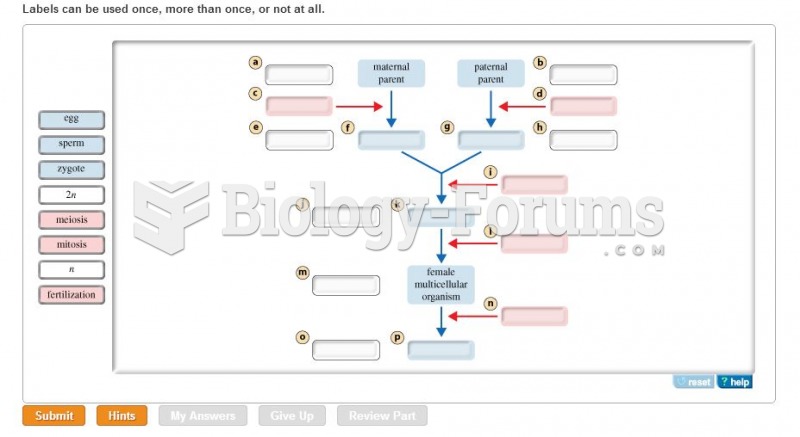Answer to Question 1
The procedures for question-and- answer sessions and open discussions should be planned in advance. Anticipate possible questions and identify the member with the most expertise to answer questions related to specific topic areas. The leader has specific responsibilities during the event: Mention the upcoming discussion in the introduction; Ask for questions by a show of hands or collect them in writing (the latter enables a culling of good questions); Rephrase confusing or negative questions in a clear and positive manner; Offer to speak later to questioners with irrelevant or lengthy questions; Repeat the question to make sure everyone heard it before directing the question to a group member (more relevant for orally posed questions); For a general group discussion, make sure that microphones are available at various places in the audience; End the session with a final summary that refocuses audience attention to the main ideas or proposals and then a pleasing and memorable closure
Answer to Question 2
A persuasive topic likely could be organized by any of the six patterns, depending on the audience, position statement, and type of action wanted from the audience. The six patterns are 1 ) The claim (or reasons) pattern presents reasons or claims for believing a particular fact, holding a particular belief, or advocating a particular plan. This pattern is similar to the topical pattern, but the language is persuasive rather than informative. 2 ) The causal pattern uses cause-effect reasoning to persuade and ends with a solution or call to action. Cause-effect- solution and cause-effect- action patterns are used if there is a definite causal relationship. 3 ) The problem-solution pattern presents a problem, discusses ways to solve or reduce it, offers additional benefits of the solution, and/or recommends a course of action. This pattern can take several forms: the problem-solution- benefits pattern, the problem- solution-action pattern, and the problem-cause- solution pattern 4 ) The comparative advantages pattern is normally used when the audience agrees there is a problem but does not agree on the solution. 5 ) The criteria satisfaction pattern also is used when the audience agrees there is a problem but does not agree on the solution. Begin with a summary of the problem, persuasively present criteria or guidelines and finish by considering solutions. If the audience agrees with the criteria, it likely will agree with the plan. 6 ) The motivated sequence pattern is used when advocating a policy change or specific action. This pattern has five steps: attention, need, satisfaction, visualization, and action.







